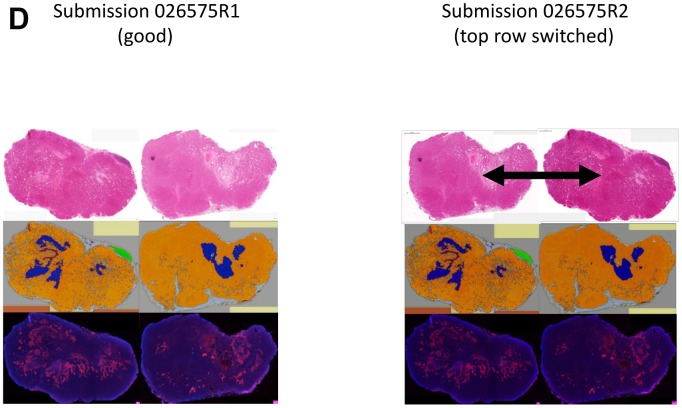Gerben R Borst
Gerben R Borst
1 Princess Margaret Cancer Centre, University Health Network, Toronto, Canada
2 Departments of Medical Biophysics and Radiation Oncology, University of Toronto, Toronto, Canada
3 Netherlands Cancer Institute – Antoni van Leeuwenhoek Hospital, Department of Radiation Oncology, Amsterdam, The Netherlands
1,2,3,✉,
Ramya Kumareswaran
Ramya Kumareswaran
1 Princess Margaret Cancer Centre, University Health Network, Toronto, Canada
2 Departments of Medical Biophysics and Radiation Oncology, University of Toronto, Toronto, Canada
1,2,
Hatice Yücel
Hatice Yücel
1 Princess Margaret Cancer Centre, University Health Network, Toronto, Canada
2 Departments of Medical Biophysics and Radiation Oncology, University of Toronto, Toronto, Canada
3 Netherlands Cancer Institute – Antoni van Leeuwenhoek Hospital, Department of Radiation Oncology, Amsterdam, The Netherlands
1,2,3,
Seyda Telli
Seyda Telli
1 Princess Margaret Cancer Centre, University Health Network, Toronto, Canada
2 Departments of Medical Biophysics and Radiation Oncology, University of Toronto, Toronto, Canada
1,2,
Trevor Do
Trevor Do
1 Princess Margaret Cancer Centre, University Health Network, Toronto, Canada
2 Departments of Medical Biophysics and Radiation Oncology, University of Toronto, Toronto, Canada
1,2,
Trevor McKee
Trevor McKee
1 Princess Margaret Cancer Centre, University Health Network, Toronto, Canada
2 Departments of Medical Biophysics and Radiation Oncology, University of Toronto, Toronto, Canada
1,2,
Gaetano Zafarana
Gaetano Zafarana
1 Princess Margaret Cancer Centre, University Health Network, Toronto, Canada
2 Departments of Medical Biophysics and Radiation Oncology, University of Toronto, Toronto, Canada
1,2,
Jos Jonkers
Jos Jonkers
4 Netherlands Cancer Institute – Antoni van Leeuwenhoek Hospital, Department of Molecular Biology, Amsterdam, The Netherlands
4,
Marcel Verheij
Marcel Verheij
3 Netherlands Cancer Institute – Antoni van Leeuwenhoek Hospital, Department of Radiation Oncology, Amsterdam, The Netherlands
3,
Mark J O’Connor
Mark J O’Connor
5 Oncology, Innovative Medicines and Early Development, AstraZeneca, Cambridge, United Kingdom
5,
Sven Rottenberg
Sven Rottenberg
4 Netherlands Cancer Institute – Antoni van Leeuwenhoek Hospital, Department of Molecular Biology, Amsterdam, The Netherlands
6 Institute of Animal Pathology, Vetsuisse Faculty, University of Bern, Bern, Switzerland
4,6,
Robert G Bristow
Robert G Bristow
1 Princess Margaret Cancer Centre, University Health Network, Toronto, Canada
2 Departments of Medical Biophysics and Radiation Oncology, University of Toronto, Toronto, Canada
1,2
1 Princess Margaret Cancer Centre, University Health Network, Toronto, Canada
2 Departments of Medical Biophysics and Radiation Oncology, University of Toronto, Toronto, Canada
3 Netherlands Cancer Institute – Antoni van Leeuwenhoek Hospital, Department of Radiation Oncology, Amsterdam, The Netherlands
4 Netherlands Cancer Institute – Antoni van Leeuwenhoek Hospital, Department of Molecular Biology, Amsterdam, The Netherlands
5 Oncology, Innovative Medicines and Early Development, AstraZeneca, Cambridge, United Kingdom
6 Institute of Animal Pathology, Vetsuisse Faculty, University of Bern, Bern, Switzerland
✉Correspondence to: Gerben R. Borst, email: g.borst@nki.nl
Collection date 2020 Apr 28.
Copyright: © 2020 Borst et al.
This is an open-access article distributed under the terms of the Creative Commons Attribution License 3.0 (CC BY 3.0), which permits unrestricted use, distribution, and reproduction in any medium, provided the original author and source are credited.



